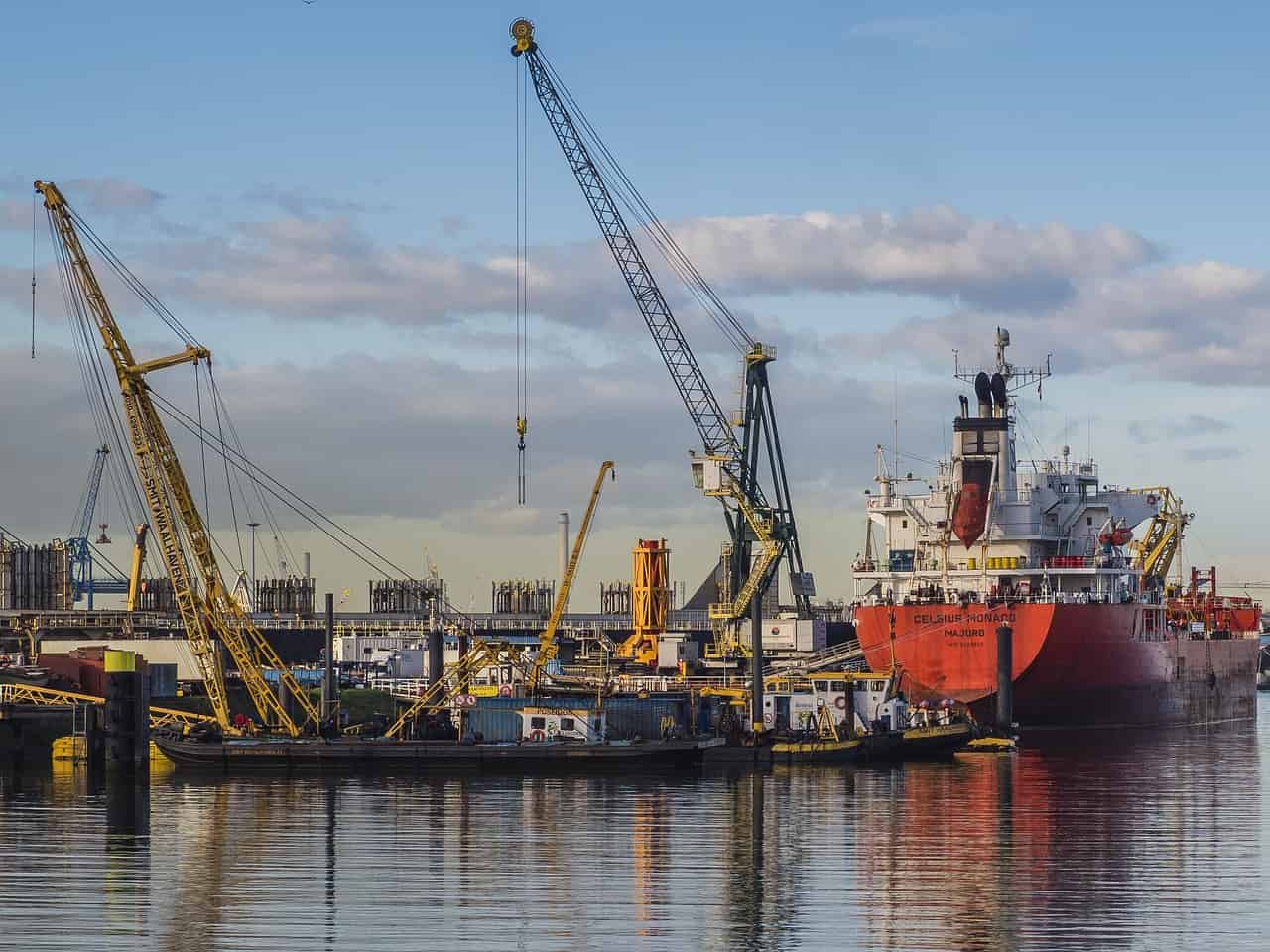
About Decarbonizing Europe
What does the Recovery and Resilience Facility entail?
The European Commission has made available an amount of 723.8 billion euros
to combat the consequences of the corona crisis and make Europe greener, cleaner, and future-proof. All member states have the opportunity to submit plans for disbursement from this Recovery and Resilience Facility.
Who is participating in the Recovery and Resilience Facility?
All the member states of the European Union. All member states? No, The Netherlands has not submitted plans as yet. Although, it became public knowledge at the end of January that hard work is going on behind the scenes in the Netherlands to secure some of those European billions.
What do the member states have to spend the money on?
At least 37 percent of the funding should be used for making their countries more sustainable and 20 percent for digitalization. In addition, there are also other key points:
– Smart, sustainable and inclusive growth
– Social and territorial cohesion
– Public health, economic, social, and institutional resilience
– Policy for future generations
What else is happening?
Apart from that, the EC has identified several so-called flagship areas:
– Power up
– Renovate
– Recharge and Refuel
– Connect
– Modernise
– Scale-up
– Reskill and upskill
What is Innovation Origins planning to do?
Over the next few months, we will be focusing on the implementation of these plans. We will be outlining what each country is doing to reduce CO₂ emissions, and we will be reporting on innovative projects. Infographics will allow you to compare the member states’ efforts with each other.
A crisis like the corona pandemic calls for decisive measures. The EU has freed up €723.8 billion in an effort to use the Recovery and Resilience Facility (RRF) to pull the European economy out of the recession caused by corona. In order to qualify for a share of this large bag of money, member states must submit a plan to the European Commission. In the series Decarbonizing Europe, we put those plans under a magnifying glass.
The Danish recovery plan – “Fremskynder den grønne overgang” (“Accelerating the Green Transition”) – is predominantly dedicated to the green transition. 59 percent of the total 1.55 billion euros will go to initiatives that accelerate the green transition. Only Luxembourg has a higher share (61 percent). A quarter of the budget is reserved for the digital transition.
The government has outlined the Danish climate target – to reduce greenhouse gas emissions by seventy percent by 2030 – as “one of the most ambitious in the world.” Initiatives from the recovery plan should together achieve a carbon reduction of twenty percent. In order to make these ambitions a reality, Denmark is focusing on green tax reform and investments in energy efficiency in buildings (e.g., through electric heat pumps), and CO₂ storage.
Climate frontrunner Denmark
A focus on the green transition comes as no surprise. Denmark is the first country in the European Union where it is regulated by law that the climate minister (and eventually the government) can be deposed they do not stick to the climate agreements. Of the Danes, 79 percent see climate change and its consequences as the biggest challenge of this century; nowhere else in the EU is that percentage higher.

Compelling figures, but Covid-19 has also diverted considerable attention from climate issues in Denmark, notes Dan Belusa. Belusa is Policy Analyst at 92 Gruppen, a coalition of 25 Danish NGOs working on climate-related issues.
“All the nerdy stuff I do around climate action from behind my desk went on as per usual. But not the amusing stunts and demonstrations that our youth movements normally organize. Whereas that is precisely where a lot of political clout is wielded. Over the past period, all eyes were on the pandemic instead of on the climate.”
That the focus has not been on the climate recently is also evident from the annual report of the Klimarådet (Danish Climate Council). The conclusion it has drawn is not exactly rosy. The council states that the government’s climate efforts are not enough to meet the target of a 70 percent reduction by 2030. Belusa: “Even though Denmark is doing well compared to other countries, we have to keep on emphasizing how important the climate is.”
Over the past period, all eyes were on the pandemic instead of on the climate.”
Dan Belusa
Green Tax Reform
Industry accounts for twenty percent of overall CO₂ emissions in Denmark. This makes it a major focus point in the recovery plan. Imposing a uniform tax on CO₂ emissions is seen by the government as “one of the most cost-effective ways to reduce emissions.”
The Green Tax Reform accounts for the largest portion of the plan’s cost, at 33.7 percent of the total budget. With this money, the Danish government wants to facilitate the first phase of the green tax reform. In concrete terms, the package of measures must deliver a reduction of 0.5 Mtonnes of greenhouse gases by 2025.
Reform of the Danish tax system should ultimately lead to a uniform tax on greenhouse gas emissions. The creation of such a tax is “a complex process comprising several phases,” according to the recovery plan.
NextGeneration EU
The corona crisis is one of the biggest challenges of our time. The European Union, through NextGenerationEU – the largest recovery plan ever at €806.9 billion – aims to help its member states emerge stronger from the crisis. The Recovery and Resilience Facility (RRF) is at the heart of this plan (€723.8 billion).
The RRF has two goals: first, to pull the European economy out of the recession caused by the corona pandemic. At the same time, it is designed to give an impetus to important investments for the future and measures for rolling out reforms.
All 27 member states have submitted plans. Whether all the money is actually disbursed depends on a final assessment of the projects. For example, countries must spend at least 37 percent of their budgets on climate action and 20 percent on digitalization.
Controversial measure
Belusa is in favor of a carbon tax, however he does think that it is important that tax reform is handled in a fair way. “If you only tax services or goods on the basis of their CO₂ value and dispense with vehicle, fuel or energy taxes, no one will be paying any more tax. In twenty years’ time, there will only be electric cars. And in two years’ time, our electricity will be completely carbon-free. Then the transition will turn out to be very expensive for society.”
The Dansk Klimarådet sees a tax of 160 euros per tonne of CO₂ emitted as “a much-needed measure” to achieve the 70% mark by 2030. That tax would amount to a negative socio-economic impact of over 500 million euros.
Although the government states in the plan that it will do its utmost to “ensure social equality,” Belusa sees economic inequality as a major concern when it comes to implementing a carbon tax. “The rich drive electric cars, install a heat pump and pay no tax, while the middle class drives an old Toyota, heat their homes with fossil fuels and foot the bill for the tax.”
CCS
In addition to tax reform, the government sees carbon capture and storage (CCS) as a “crucial component of Danish climate policy.” €26.8 million has been earmarked to set up a complete CCS value chain (capture, transport and storage) in Denmark. Through this technology, the government expects to achieve a CO₂ reduction of four to nine megatonnes by 2030. It also wants to explore potential ways to store CO₂ from other countries.
Just as taxation of CO₂ is a controversial issue, so is its storage. The industry sees it as a quick way to get greenhouse gases out of the air. Whereas environmentalists see it as a ploy by companies to avoid making any changes. Belusa is no exception: “Previously, CCS was never seriously considered in Denmark. Now suddenly the government wants to achieve half of the reduction targets through CCS, because 2030 is getting closer and closer. The easy way out.”
In addition, Belusa makes the argument that you do not invest in CCS for a few years, but for a term of up to twenty years. “Consequently, opportunities for new, environmentally friendly alternatives are getting smaller and smaller.”
Urgency and potential
The Klimarådet is promoting the storage of CO₂. In their report they write that Denmark should develop a national CCS strategy as soon as possible, as “…meeting the targets by 2030 is unrealistic without CCS.” The council does not see it as an ideal solution, but considers the urgency and potential to outweigh all else.
“Investing in CCS feels like the government is throwing money out out the window for the old world, which gets to remain the way it is. It would be better if we dared to invest in technologies that can create a new world. Such as the electrification of industrial processes and electricity storage – where greenhouse gas emissions are averted,” Belusa concludes. Even for climate frontrunner Denmark, there is still a great deal of work to be done, that much is clear. And all of Europe is watching.







